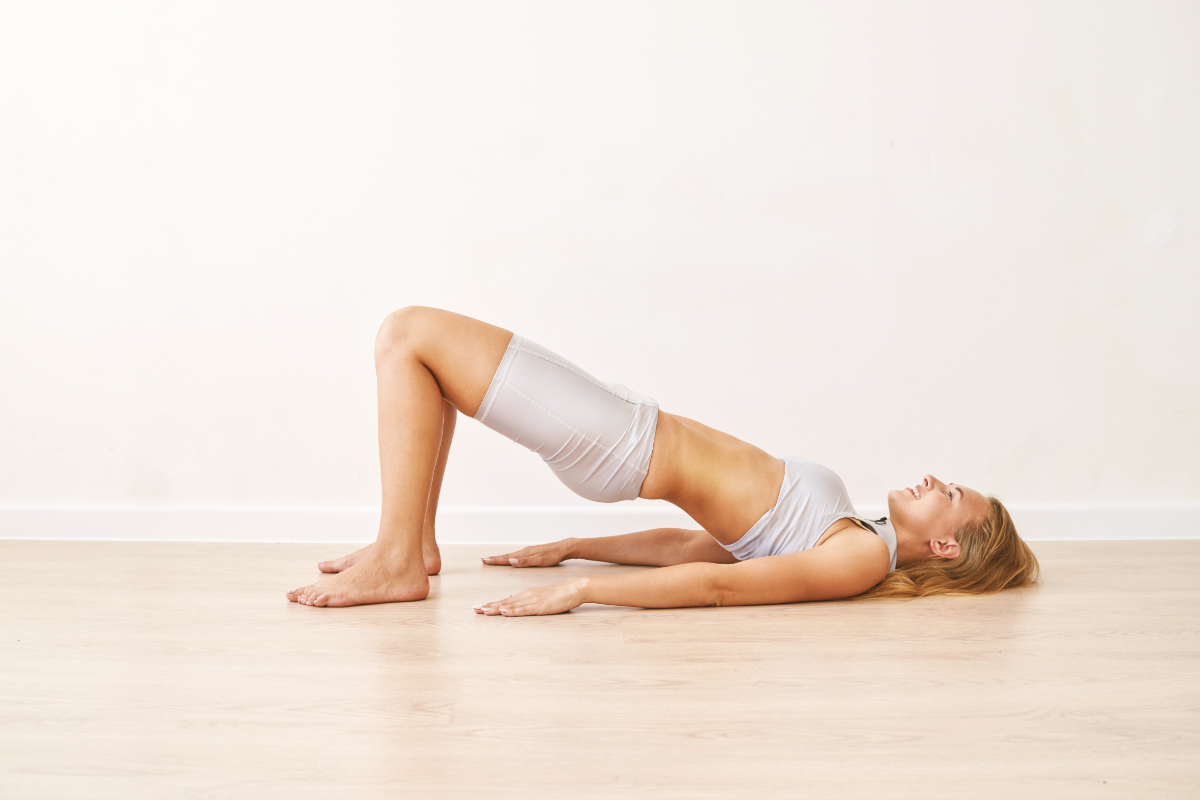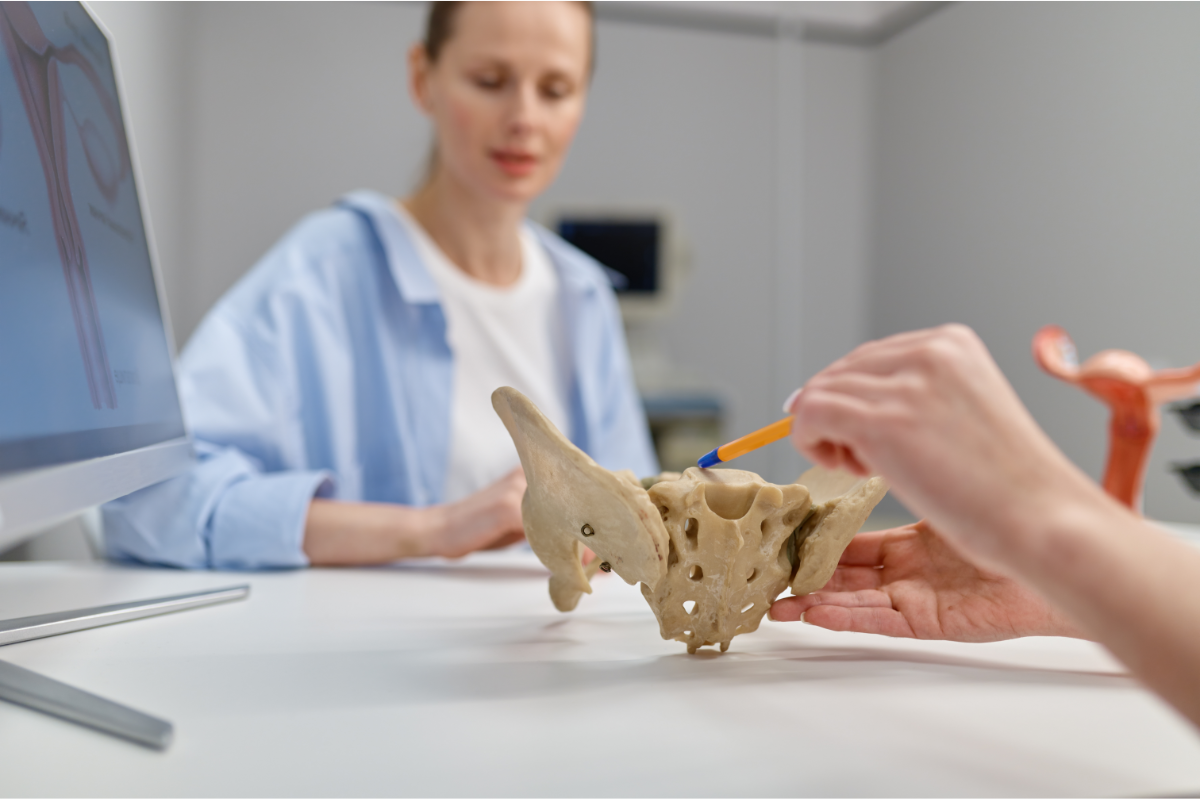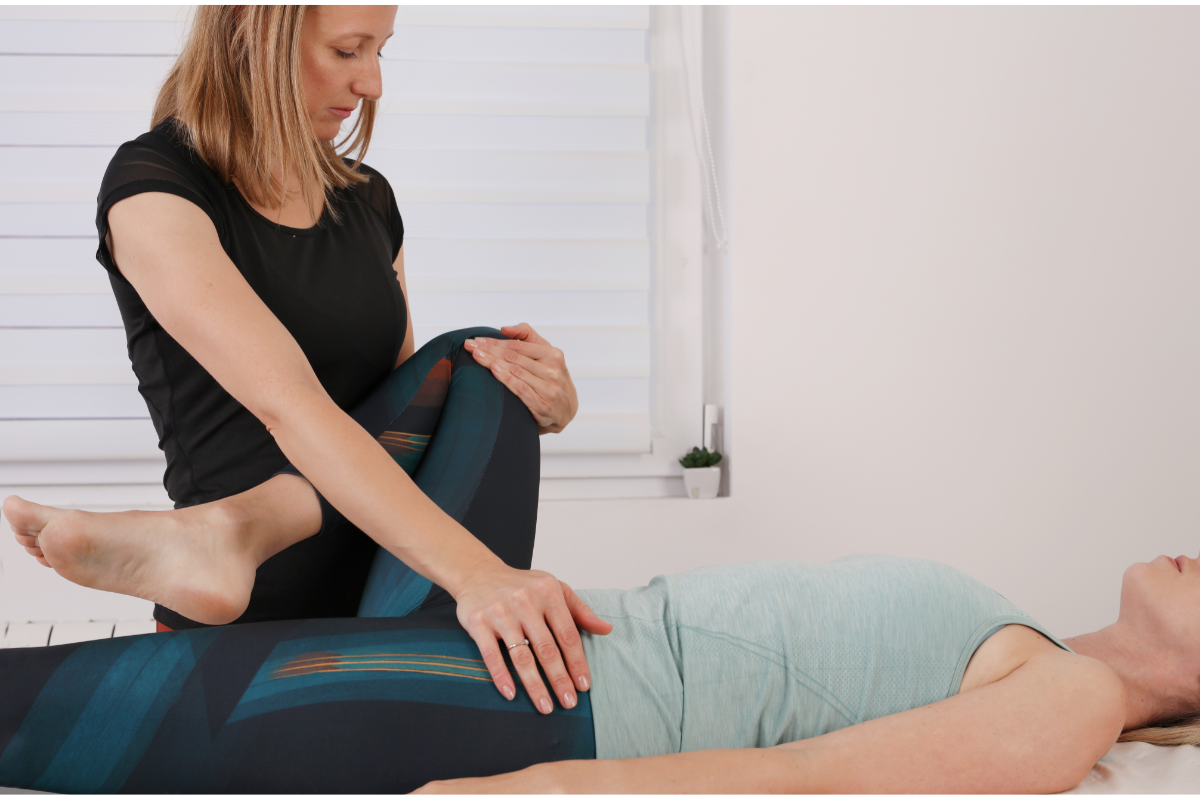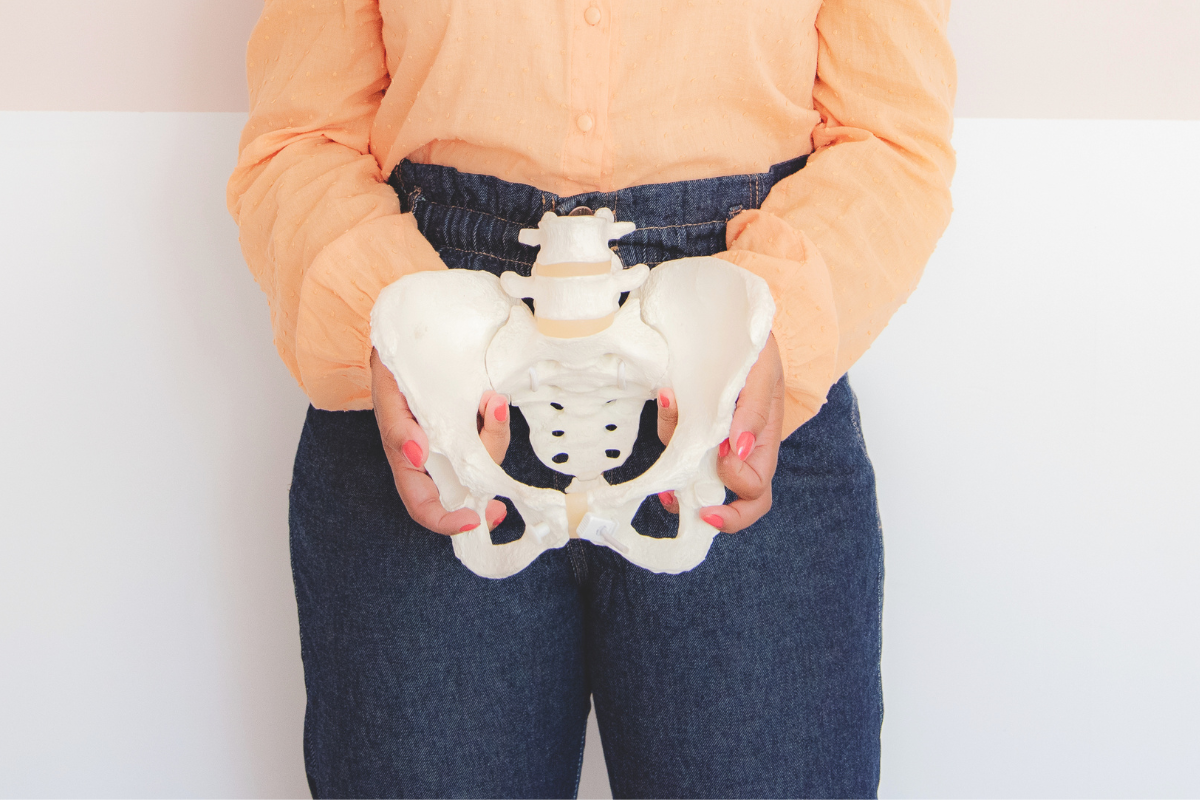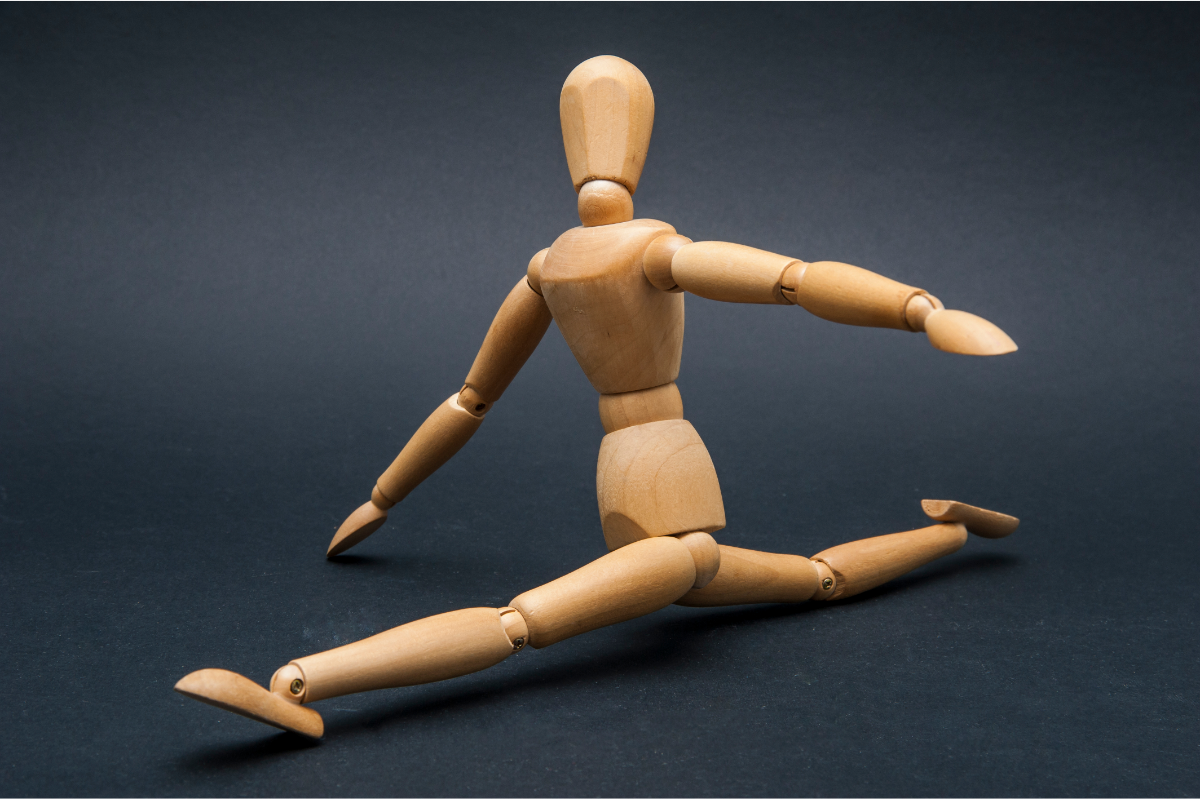How to Stretch the Pelvic Floor to Improve Flexibility
The pelvic floor is a group of muscles and tissues located at the base of the pelvis, forming a supportive sling that holds the pelvic organs in place. This crucial structure plays an essential role in various bodily functions, including bladder and bowel control, sexual function, and core stability. Understanding the significance of the pelvic floor is vital for overall health, especially for individuals who may experience pelvic floor dysfunction due to factors such as pregnancy, childbirth, aging, or prolonged sitting.
What is the Pelvic Floor and Its Importance for Health?
The pelvic floor comprises a complex network of muscles, ligaments, and connective tissues that provide support to the bladder, intestines, and uterus (in women). These muscles are responsible for maintaining continence, facilitating proper organ function, and contributing to core stability, which is essential for everyday movements. When the pelvic floor is weak or overly tight, it can lead to various issues such as incontinence, pelvic pain, and diminished sexual function.
Benefits of Stretching the Pelvic Floor for Flexibility
Incorporating pelvic floor stretching into your routine can significantly enhance flexibility and overall well-being. Stretching these muscles can help relieve tension, improve mobility, and promote relaxation. Here are some key benefits of pelvic floor stretching:
- Enhanced Flexibility: Regular stretching helps to lengthen and relax the pelvic floor muscles, promoting greater flexibility and range of motion.
- Improved Circulation: Stretching increases blood flow to the pelvic region, which can aid in healing and reduce discomfort.
- Better Posture and Alignment: A flexible pelvic floor contributes to overall body alignment, helping to improve posture and reduce strain on the lower back.
- Increased Body Awareness: Stretching encourages mindfulness and connection to your body, fostering a better understanding of your physical sensations and movements.
- Reduced Stress and Tension: Engaging in stretching exercises can help release built-up tension in the pelvic area, promoting relaxation and reducing stress.
By understanding the significance of the pelvic floor and embracing stretching techniques, individuals can take proactive steps toward improving their health, flexibility, and overall quality of life. This article will explore various methods for effectively stretching the pelvic floor and integrating these practices into your daily routine.
The importance of pelvic floor stretching cannot be overstated, as it plays a crucial role in enhancing flexibility and overall well-being. By engaging in regular stretching routines, individuals can experience a range of benefits, including improved muscle function, better posture, and reduced discomfort. Additionally, stretching the pelvic floor contributes to greater body awareness, allowing individuals to connect more deeply with their physical selves.
Review of the Benefits of Pelvic Floor Stretching
- Enhanced Flexibility: Consistent stretching helps lengthen and relax the pelvic floor muscles, promoting greater range of motion and mobility.
- Improved Muscle Function: Regular practice can alleviate tension and tightness, leading to better muscle coordination and function, which is essential for daily activities.
- Support for Organ Function: A well-stretched pelvic floor contributes to the optimal functioning of the bladder, intestines, and reproductive organs, reducing the risk of dysfunction.
- Pain Relief: Many individuals find relief from pelvic pain and discomfort through targeted stretching, allowing for a more comfortable daily experience.
- Increased Mindfulness: Engaging in stretching practices encourages a greater awareness of bodily sensations and emotional states, fostering a holistic approach to health.
Encouragement for Regular Practice and Body Awareness
To reap the full benefits of pelvic floor stretching, it is essential to make it a regular part of your routine. Consistency is key, and even short, daily sessions can lead to significant improvements over time. Here are some tips to help you maintain this practice:
- Prioritize Your Health: Remember that investing time in your pelvic health is an investment in your overall well-being. Make it a priority in your self-care routine.
- Be Patient: Flexibility takes time to develop. Be patient with yourself as you progress, and celebrate small improvements along the way.
- Listen to Your Body: Regularly check in with your body to understand its needs. If certain stretches feel too intense, modify them or consult a professional for guidance.
- Stay Mindful: Incorporate mindfulness techniques, such as deep breathing or visualization, into your stretching practice. This enhances the benefits and allows for a deeper connection to your body.
In conclusion, embracing pelvic floor stretching as part of a holistic health approach can lead to a happier, healthier life. By prioritizing your practice and fostering a sense of body awareness, you can enhance not only your physical health but also your mental and emotional well-being. Whether you are new to stretching or looking to deepen your practice, the journey toward a more flexible and aware body is both rewarding and transformative.
https://www.pelvicfloorfirst.org.au/news/660/a-physios-favourite-pelvic-mobility-stretches.html

I’m Hillary Swan, a certified fitness trainer specializing in women’s health and pelvic floor strength. I’m passionate about empowering others to improve their core wellness through targeted exercises. Let’s strengthen our bodies together for a healthier, more confident life.

